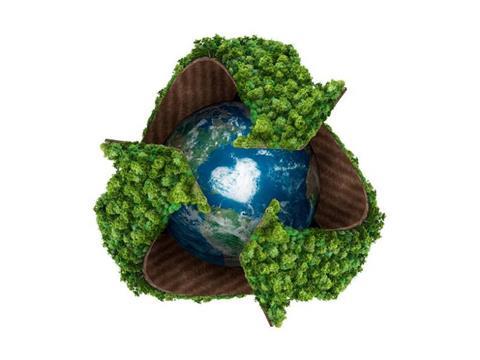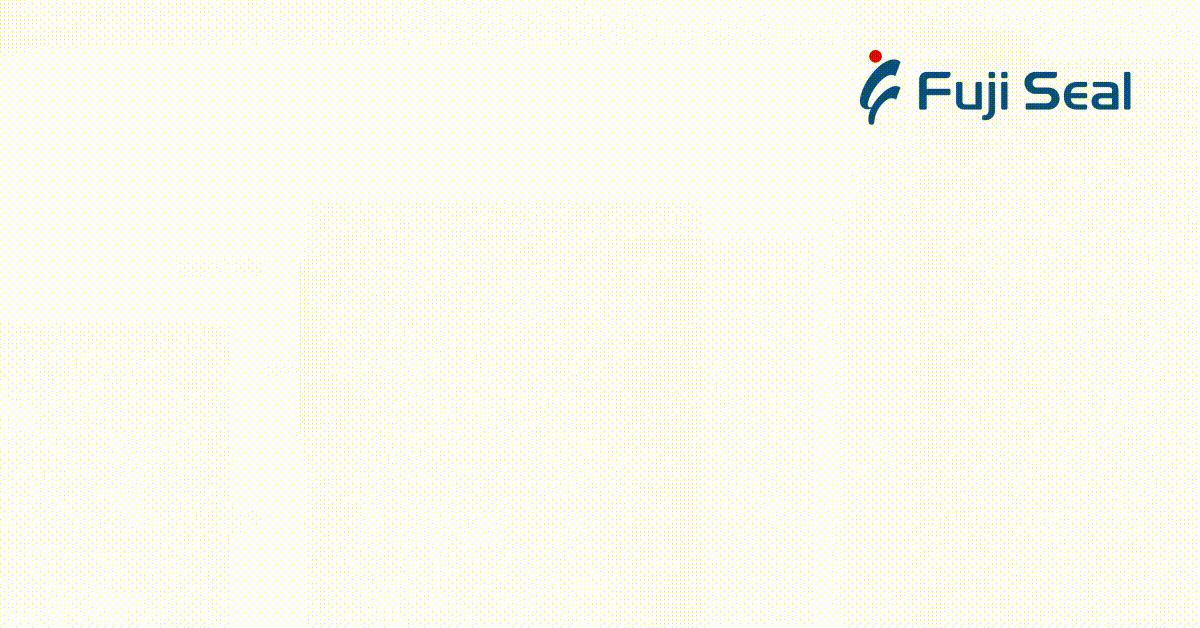
Prior to the Bostik webinar on March 24th at 15:00 GMT on the role adhesives can play when creating sustainable cardboard packaging for consumer goods, we catch up with speakers Tyler Derus, market manager advanced packaging, and Pascal Peroni, global market director consumer goods and paper at the company for a preview of what to expect from the webinar.
How would you describe an ideal sustainable consumer good pack?
Tyler Derus:
A big part of creating a sustainable pack is to understand what the end of life solution for a pack is going to be. Is it going to be recycled, composted or going to landfill? It is important to bear this in mind when designing a pack from the beginning.
If the pack is likely to be recycled, it is important to make sure that the compatible components can go through smoothly without causing any issues. From a carbon footprint point of view, it can be beneficial to make a pack lighter.
Pascal Peroni:
It is important to have adhesives that are food safe and that are not just fit for current regulations but also fit for and ready for for future regulations. I would expect regulations are only going to become more stringent both in the areas of sustainability and food safety.
What role can adhesives play to make cardboard packaging solutions even more viable for a wider range of products?
Tyler Derus: What we have seen in recent years is changes in the way cardboard is designed. There is an increased demand for recycled cardboard and corrugated materials due to changes in consumer perceptions, and coatings have been eliminated. Fibers are getting shorter and shorter, which makes them more challenging to work with. So adhesives need to be able to bind a wide range of substrates – after all it is very wasteful if a package pops open during transit during adhesive failures. The key point is the evolution of substrates.
Pascal Peroni:
We don’t want to just throw some glue on the pack, but have pleasing aesthetics, making sure that everything is in the right place. Due to the increase in number of compostable paper boards for food applications, it makes sense to develop an adhesive system to match. In order to enable recyclability, it’s important to have an entire approved system, from inks to coatings and adhesives – not just the actual paperboard.
What challenges did you have to overcome in the development of food-safe adhesives?
Pascal Peroni: Regulations regarding contaminants, especially MOSH/MOHA keep evolving. It is very important to ensure that we have no or low MOSH/MOHA adhesives and ensurie that we avoid the risk of contamination. Even extremely small quantities of contaminants require high tech methodologies to isolate and quantify. This requires a high level of skill and chemistry expertise.
Curious to find out more? Register for the webinar here.

















